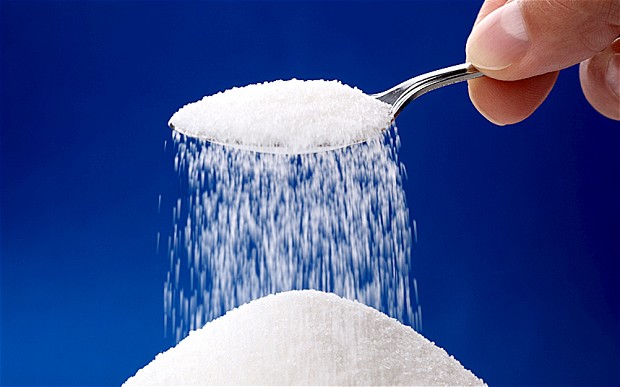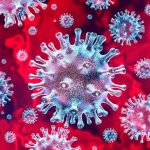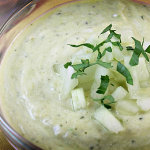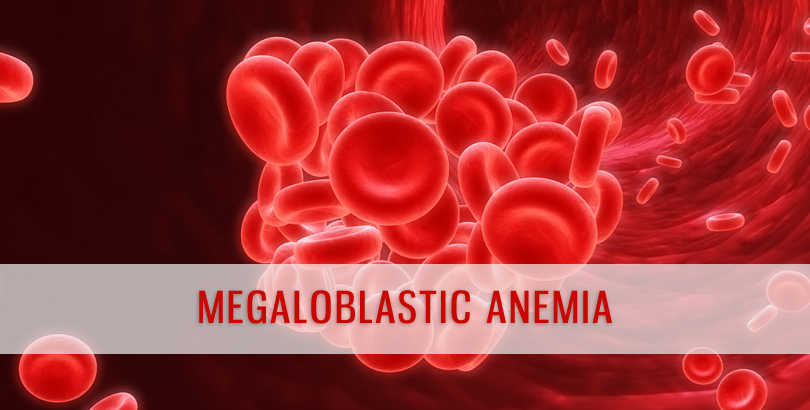We all have sweet tooth, most have only one or a few like me all 28 of them. However, we have been warned time and again about the ways sugar affect our bodies.
Let us start with the type of sugars we come across on our plates – simple sugars (called monosaccharides) like glucose, fructose, and galactose, and more complex forms (called disaccharides) like sucrose, maltose, and lactose.
Depending on genetic disposition, a person might be equipped to process sugar as energy or might store as fat. However, consumption or breakdown of sugar is not as simple as it seems.
Sugar creates a major imbalance in our entire body. When the pancreas detects a rush of sugar, it releases insulin, a hormone, to deal with all of that excess sugar and to regulate that level of sugar in our blood. The more sugar is in the blood stream, the more insulin is released. Insulin helps store all of this glucose in the liver and muscles as glycogen and in fat cells.Our body often struggles to get the balance right and ends up releasing too much insulin in the blood. But release of toomuch insulin results in our blood sugar dropping below normal levels. Which in turn results inhypoglycemia or sugar rush. The body responds to this by craving for more sugar. The process goes on and on, and when we consume more sugar it goes straight to extra insulin and fat storage. Thus sugar is empty calories with no nutrients.
Having too much glucose in the blood is highly toxic and one of the reasons for complications of diabetes, like blindness.
Akin to abusive drugs, excess sugar causes release of dopamine in the reward center of the brain. For this reason, people who have susceptibility to addiction might have tendency to become strongly addicted to sugar and other junk foods.
In addition to that, sugar basically sucks all the water out of our cells, which can lead to dryness, puffiness and those terrible under eye circles we all hate. High sugar foods or high-sugar diets create free radicals in the body. Free radicals are responsible for causing inflammation and disease in the body.
Glycationis the process that occurs when sugar of any type is digested and releases glucose into our bloodstream. The sugar then attaches itself to collagen, the protein fiber that keeps skin smooth, firm and elastic. When collagen is weighed down by glucose, it becomes rigid and inflexible. This causes skinto sag. High glucose levels can dry skin, which makes skin more likely to wrinkle. This is why diabetics often suffer from dry, dull complexions.
Ever since the consumers have become extremely cautious about eating excess sugar, most companies selling packaged food, which still contain hefty amount of sugar, hide it under aliases. Please look for the below while buying packaged food, these are nothing but SUGAR –
• Agave nectar
• Brown sugar
• Cane crystals
• Cane sugar
• Corn sweetener
• Corn syrup
• Crystalline fructose
• Dextrose
• Evaporated cane juice
• Organic evaporated cane juice
• Fructose
• Fruit juice concentrates
• Glucose
• High-fructose corn syrup
• Honey
• Invert sugar
• Lactose
• Maltose
• Malt syrup
• Molasses
• Raw sugar
• Sucrose



















